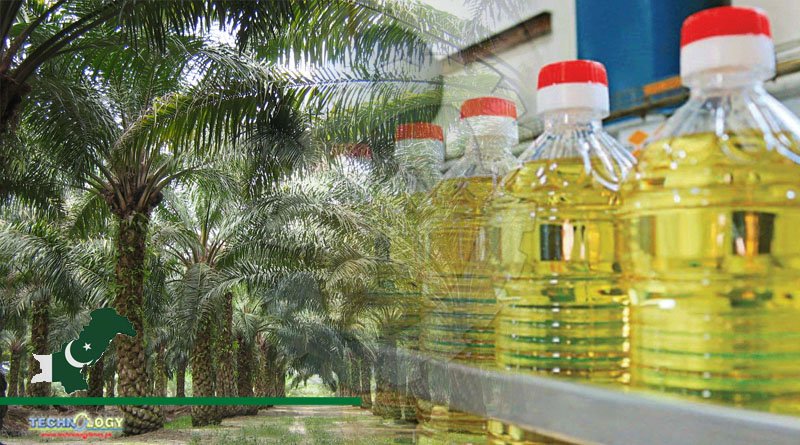Data from Malaysian Palm Oil Council reveals that despite local players increasing production, Nigeria’s imports of palm oil from Malaysia increased by 353% in the first four months of 2023.

Data from the Malaysian Palm Oil Council reveals that despite local players increasing production, Nigeria’s imports of palm oil from Malaysia, a major global producer, increased by 353% in the first four months of 2023.
Between January and April 2023, the nation’s imports of palm oil from Malaysia rose to 92,961 metric tonnes (MT) from 20,513 MT during the same time period in 2022. This indicated a rise of 72,448 MT. 227,035 MT of palm oil from Malaysia were imported by the nation in 2022.
Oil palm imports into the country are still increasing because of the enormous demand-supply gap, experts say, despite government actions such as listing crude palm oil alongside other 40 items restricted from access to foreign exchange and closing the Nigerian borders.
According to Henry Olatujoye, managing director of Palmtrade and Commodities Development Nigeria Ltd, “Nigeria’s oil palm imports from Malaysia will continue to rise for the time being because our investment in the industry is still very minimal.”
“We calculated that our domestic and local consumption averages 2.4 million tonnes annually, and that the output of our top developers, including Okomu, Presco, and others, is not even close to 800,000 tonnes.
Even with a million tonnes of production from pocket smallholder farmers, Olatujoye continued, “we would still fall short of demand.”
The United States Department of Agriculture (USDA) estimates that Nigeria produced 1.4 million metric tonnes (MT) of palm oil in 2022, an increase of 9% from 2020–21, when production totaled 1.28 million MT.
Nigeria’s production deficit has significantly increased in the face of years of stagnant output growth and rising local demand, and on average over the last five years, about 25% of domestic palm oil consumption in the nation was imported.
According to a USDA estimate, Nigeria consumed two million MT in 2021, with local production accounting for about 78% of consumption, leaving a 0.6 million MT deficit between 2012 and 2021.
Due to the high demand for the product, palm oil prices in Nigeria have increased and have remained the highest of any country that produces crude palm oil, according to Alphonsus Inyang, president of the National Palm Produce Association of Nigeria.
He claims that, depending on where you are, a metric tonne of palm oil sells for between N1 and N1.2 million.
Inyang explained the situation over the phone, claiming that various governments have seriously neglected the primary production of palm oil.
“Successive governments’ lack of funding and interest in oil palm production has resulted in the sector’s neglect, and more farmers have lost their means of subsistence due to a lack of profit for maintenance/expansion to produce more.”
The price of palm oil plunged in May, according to the United Food Agency’s report on world food prices, as rising production in major producing countries coincided with persistently low global import purchases.
Olatujoye contends that “our ability to convert our forex to plantation development, under Good Agricultural Practices,” will close the demand-supply gap because foods like noodles, vegetable oil, biscuits, chips, margarines, shortenings, cereals, baked goods, washing detergents, and even cosmetics are made from palm oil.